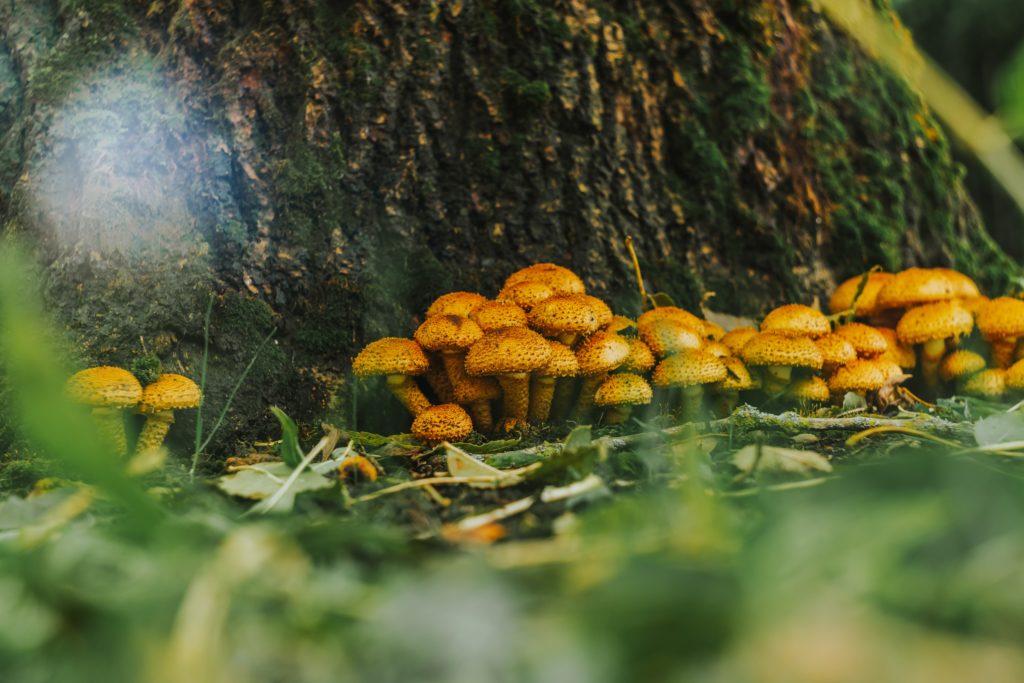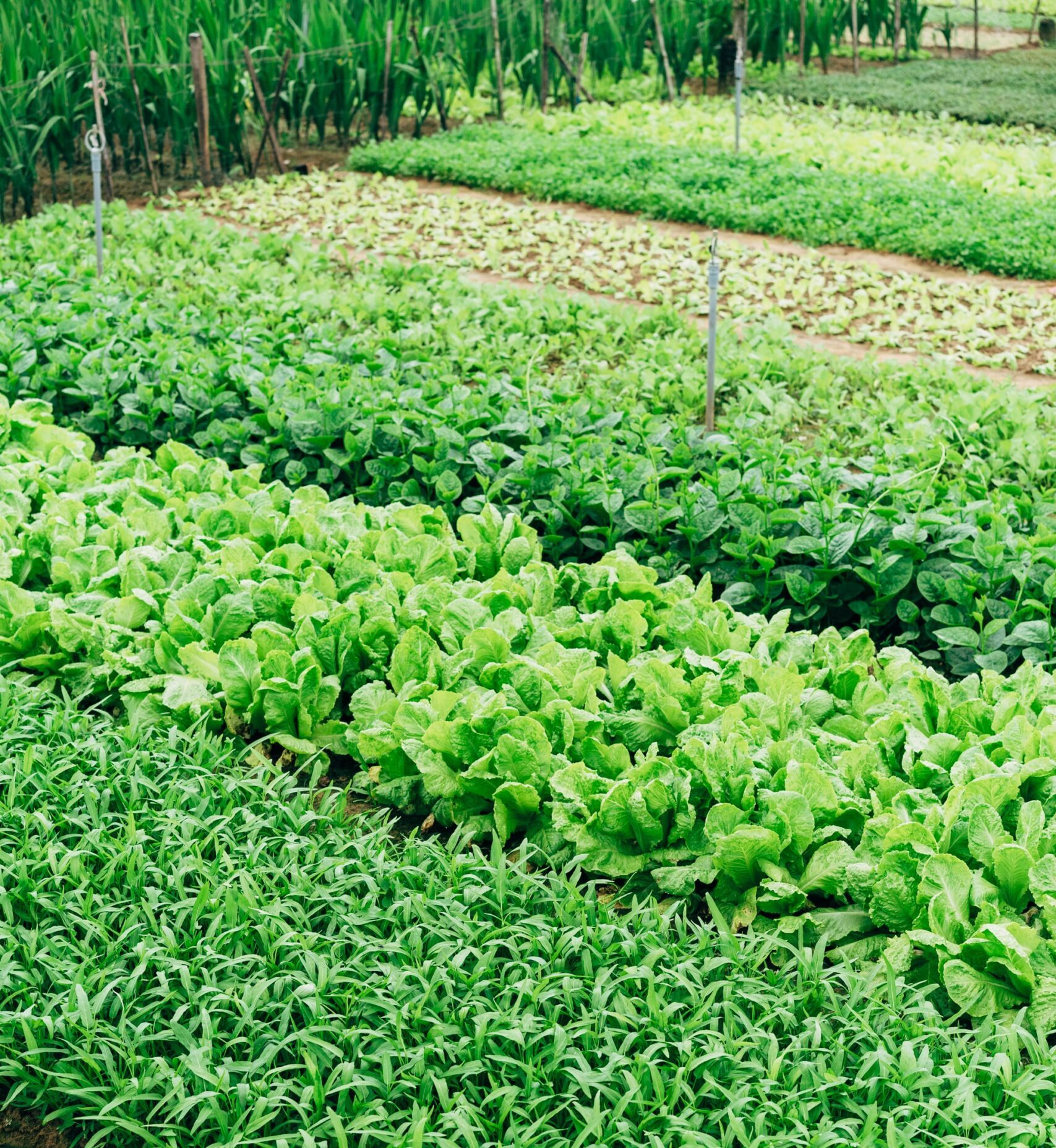If you’ve been a Peaceful Dumpling reader for a while, I’m sure you know all about our society’s overuse of plastic. Almost everything has a disposable version, which is often used more frequently than the reusable version. Plastic fills landfills to the brim; rest of the trash is being dumped straight into the ocean, and a garbage island twice the size of Texas is floating in the Pacific Ocean.
There are many different types of plastics out there. One of the more common plastics, PU, or PUR, plastics are made from a polymer called polyurethane. Many items we use in our daily lives, such as construction materials, shoes, mattresses, and car parts, contain PU plastics. I am sure you can imagine how many of these there are in our landfills.
Ever since climate change has become a more publicized conversation, other environmental issues have also garnered more attention, including our plastic addiction. A few years ago, researchers discovered a fungus in the Amazon called Pestalotiopsis microspora, which can consume and break down polyurethane plastics. Hard plastics can take more than 400 years to decompose. However, with the help of these fungi, the plastic can be completely broken down in a matter of months. And it only gets better. Although it takes more time, the fungi are able to break down plastic even without oxygen. Most decomposition occurs in the presence of oxygen, which is why trash takes so long to degrade in landfills. Under the millions of pounds of waste, there is little to no oxygen flowing through the pile making it nearly impossible to allow the decomposition process to happen. The introduction of these fungi could change that.
Katharina Unger and Julia Kaisinger from the LIVIN Studio took this discovery a step further. With the help of scientists from Utrecht University, they found a way to make the fungus into food after it breaks down the plastic. This process takes place in their “Fungi Mutarium.” The prototype uses agar, seaweed-based gelatin, pods to house the fungi spores along with their food source, PU plastic. Various herbs and spices often fill the agar pods for the consumer’s enjoyment. A UV light built into the Mutarium first sterilizes the plastic, which is then inserted into the agar pods that the team named ‘FU.’ The fungi are introduced into the pods via a liquid solution and begin the biodegradation process over several weeks. Once the plastic is fully broken down, and the fungi have colonized the agar pod, the FU is ready to eat!
Although this method still needs to be tested more before it is released to the public, the Fungi Mutarium could be an excellent solution for getting rid of our plastic waste while still feeding people. Almost 800 million people around the world don’t have access to enough food to lead a healthy lifestyle. This discovery, paired with this invention, could start to resolve the plastic and the hunger crisis. More and more research is being worked on since the discovery of the Pestalotiopsis microspora. A new strain of fungi was found that also breaks down plastic; in addition, mealworms were discovered to be able to consume and process plastic. We are on the edge of a breakthrough, we just need to keep our minds open.
Also by Iga: COVID-19 Is Wrecking The Economy, But Green Investments Can Bring $26 Trillion Growth
New Research Finds Raindrops Can Create Renewable Energy
Get more like this—Sign up for our daily inspirational newsletter for exclusive content!
__
Photo: Oskar Kadaksoo on Unsplash





